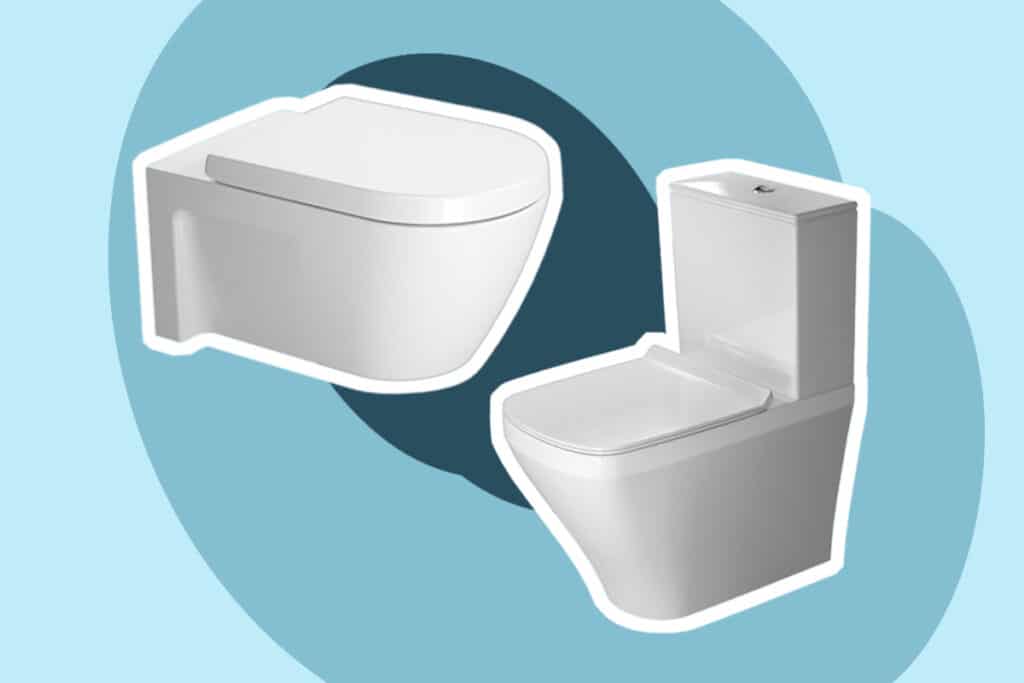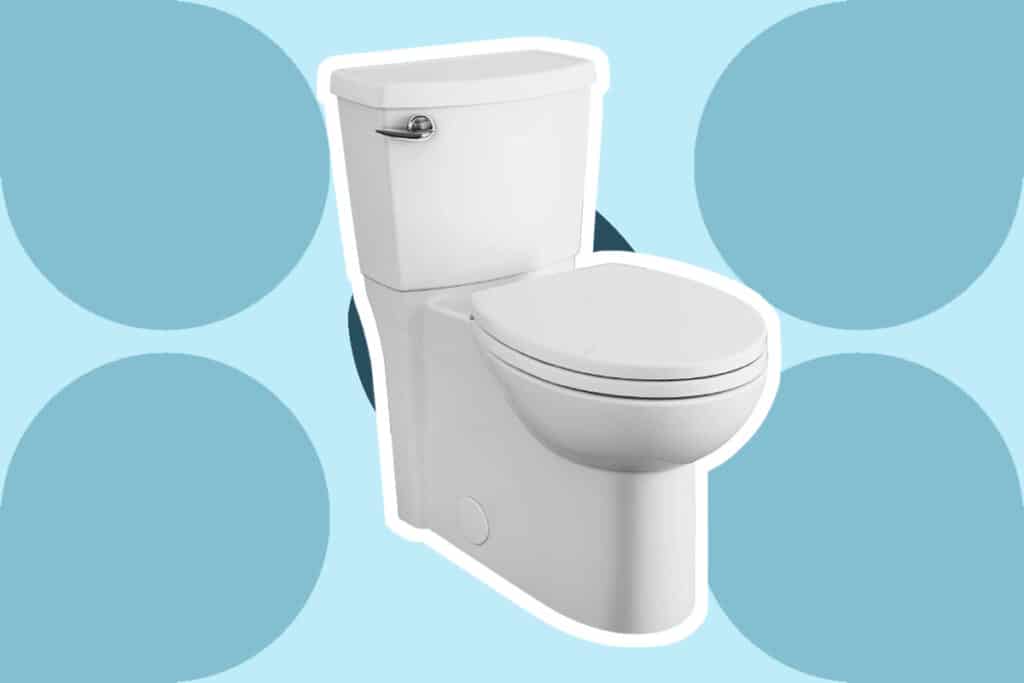

You will inevitably have to deal with an overflowing toilet at some point in your life. If you have enough air in the drain pipes to move the flushed material and enough water to flush it away, then the toilet should be in full working order.
It’s important to know how to stop a toilet from overflowing and how a toilet works Trusted Source Flush toilet - Wikipedia A flush toilet (also known as a flushing toilet, water closet (WC) – see also toilet names) is a toilet that disposes of human waste (urine and feces) by using water to flush it through a drainpipe to another location for disposal, thus maintaining a separation between humans and their waste. en.wikipedia.org . You can deal with this situation by yourself or by calling a plumber, but this can be a hassle, taking up both time and money. If you know how to deal with an overflowing toilet yourself, then you can cut out the stress and cost.
Water overflows due to a few main reasons. The toilet may be clogged or blocked, the float of the toilet is broken, there is a problem with the pipes, or there is a blockage in the sewerage system. Here we will show you how to handle an overflowing toilet, no matter what the cause behind it.
You will need the following objects at hand to handle your overflowing toilet, no matter the cause. All these items are cheap, easily available at superstores, and some of them you might already have at home.

Turn off the water valve. It can be found somewhere near the base of the toilet, at its right or left side, with a pipe leading to the tank of the toilet. Turn the valve semi-clockwise to stop water from flowing into the toilet.
If you cannot find the valve or if the water is still flowing from the toilet, then open the lid of the toilet and pick up the floater. Hang it away from the closing until all water empties from the tank.
If water is still overflowing, then turn off the water supply to your house. You can find the valve or knob for your water supply in the basement. Turn it so that the water stops flowing. This is to confirm the source of the water leakage. If water is still overflowing from the toilet, then you have a sewage backup problem.
If your water has stopped flowing, then you have a blockage in your toilet that needs to be cleared out before the flush can work again. Here’s how to stop a toilet from overflowing when clogged:
Use the water mug to take out the water from the toilet bowl and put it into the bucket. Keep taking water out for as long as you can until there is no fear of water slushing out during the extraction process.
Put towels (if desired) around the rim of the bowl to prevent toilet flooding.
Take your plunger and put it inside until it makes a complete seal around the center of the hole of the toilet bowl. You can put petroleum jelly around the rim of the plunger to increase its sealing capacity.
Keep the plunger straight and apply slow pressure. Increase the speed and intensity of the pressure as you keep working the plunger. The plunger should dislodge whatever is blocking the pipe and let the water flow again.
If this does not work, then something stronger is blocking the pipe and might need some extra effort. Our experts highly recommend the Green Gobbler Main Line Opener & Toilet Clog Remover as it’s highly effective at getting rid of regular clogs.

To clean the blockage, place the snake or coiled portion of the auger into the drain. Turn the elbow portion of the auger so that the spiral coil will start extending into the pipe.
Gently keep rotating until you feel resistance. That is the area of the blockade. Turn the coil right and left to clear the clog. You may need to put some effort into it. Keep working until you feel the resistance decreasing.
The decrease in resistance means that the clog is starting to decrease little by little. If the water is still in the toilet bowl, that means that while the clog is decreasing, it is not gone yet. Keep working the auger until all the water in the toilet is completely gone.
Once the water is completely gone, yank out the auger. It should also pull out whatever was clogging your toilet. Put the soiled section of the auger on a newspaper. Clean it with an antiseptic solution.
Draw warm water and pour it into the toilet bowl. If the water is stagnant again, that means that the clog has not been removed completely. In this case, put the auger back in again and keep cranking.
You can also add dishwashing soap into the bowl to make the process easier and smoother. Keep working with the auger until all the water is gone from the toilet.
When you notice that the water is no longer stagnant in the toilet, then all is going smoothly again, it means that your clog has been cleared.
There are a few things that you can avoid to prevent a toilet from overflowing.
 You should also avoid flushing anything with oil, grease, or fat in them. These substances are in liquid form when warm but became thick when cooled. They can form a layer in the pipes which can make the pipe shrink in size, making it easier for the pipe to become clogged.
You should also avoid flushing anything with oil, grease, or fat in them. These substances are in liquid form when warm but became thick when cooled. They can form a layer in the pipes which can make the pipe shrink in size, making it easier for the pipe to become clogged.Your toilet will be overflowing for only a few reasons; the float is broken, which is causing the water to keep filling the tank and overflowing, there is a problem with the pipes of the toilet, there is a problem with the sewerage line or, the most common, there is a clog in your pipe.
The clog can be caused by flushing anything that can become a blockade in the toilet. The toilet can also be blocked if too much toilet paper is flushed down the toilet. If you need to upgrade your toilet, then a one-piece toilet can be a great idea. If you wanted a two-piece, then consider the TOTO Drake II model, which has awesome flushing performance.
It is very easy. The water in the toilet will empty the moment the block is removed. You can flush your toilet with warm water and dishwashing liquid to make sure that it is completely removed. If the water is easily flushed, then you are good to go. If the water remains stagnant in the toilet, then you may need to try cleaning with the auger again.
Clearing an overflowing toilet seems like a difficult and daunting task. Some people might never have the stomach for it. In that case, calling a plumber is your best option. If that is not possible, then just relax and follow the steps above, slowly and carefully.
Hopefully, by now, you have a clear idea of how to stop a toilet from overflowing. As you can see, it’s not too difficult to follow the process, and all you need are items that will either be in your home already or are fairly cheap to buy.
All you need to do now is roll up your sleeves and get to it. Just make sure that you are wearing gloves and that you have antiseptic soap and cleaning materials near you.





